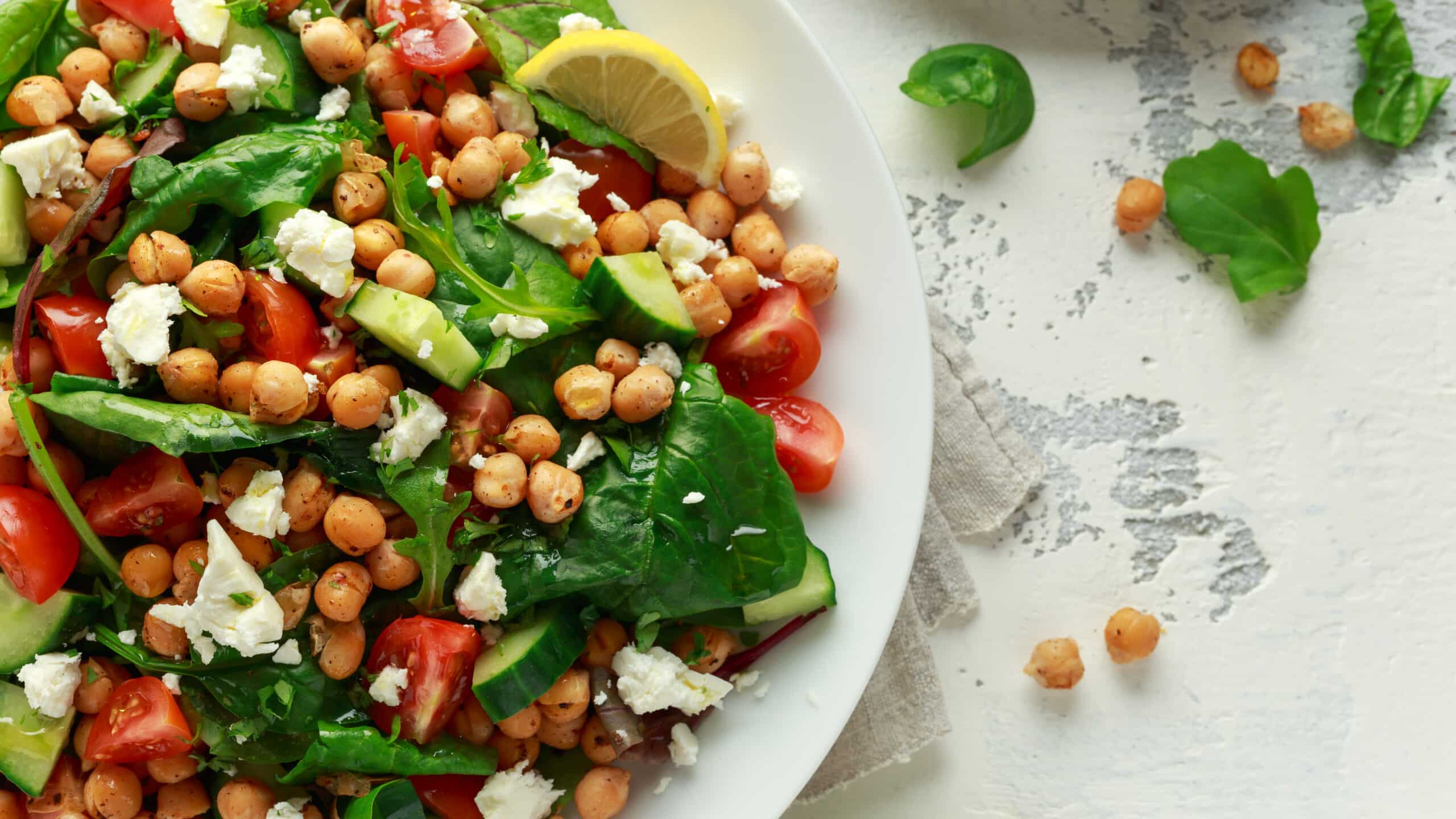With age, there is a potential for developing a slower metabolism, and you may want to keep in mind that you may need to compensate for the tendency of bones weakening, bowel function slowing, and your muscle mass declining which could decrease around 1% a year until the age of 65 when it could double. But you don’t have to just accept this as being inevitable, nutrition can play a part in helping fight some of the effects of aging.
Consuming lots of fruits and vegetables, eating lean meats, chicken, and fish while avoiding processed foods like junk food and takeout, and added sugars, as well as saturated fats, is always a good idea, but it is especially true with age because a healthful diet can help to keep blood pressure under control, decrease the risk of heart problems, and contribute to the prevention of other health issues like cancer, obesity, and diabetes.
Half-centenarians need to pay more attention to staying hydrated, especially when it is hot and humid or when sweating because as we get older we don’t have as good of a thirst mechanism as we once did. Although it is technically not food, drinking extra water can help to counteract the effects of bowel function declining with age. Additionally, quite often when we think we are hungry we are most likely just thirsty.
The over-50 crowd should take a look at berries, they are typically high in fiber, vitamin C, anti-inflammatories, and antioxidant flavonoids which may be why they are part of the MIND diet which focuses on foods that fight neurodegeneration. Fiber is great for digestion and weight and the potent antioxidants can help aging brains to maintain/improve motor skills as well as short-term memory. Wild blueberries are a great option, having 3-4 times the antioxidants as conventional blueberries.
Heart-friendly dark leafy greens such as kale, broccoli, spinach, and kale are high in fiber and appear to help boost muscle function and promote regularity and healthy digestion. In addition to providing some of the calcium and phosphorus that our bones need as we age, they are also a potent source of antioxidants which might help us to be less likely to develop dementia.
Salmon, cod, tuna, and trout are lean sources of protein that can help older people to maintain or regain muscle. Studies suggest that older adults need to be more aware of their protein intake because their bodies are not as efficient in using protein as they once were. Fish is also rich in heart-friendly omega-3 fatty acids and vitamin B12 which is harder for the body to absorb with age.
While not all nuts are created equal, they are all good for you being great sources of fiber, protein, phosphorus, and healthy fats. Just a handful as a heart-friendly snack can help to improve artery health and lower the level of inflammation within the body while keeping you full and providing omega-3 fatty acids that may help to protect your brain. Some nuts may be high in calories, so remember that moderation is key, and try to choose unsalted or unsweetened varieties.
After the age of 35 we start to lose bone density, adding calcium and vitamin D to our diet can help with bone maintenance. Cottage cheese could be a good option, as the high-calcium curds are rich in calcium and vitamin D as well as being a great source of whey protein that helps to stimulate muscle protein synthesis.
Beans and legumes are low-calorie and they contain magnesium, iron, potassium, fiber, and protein while helping to reduce cholesterol. It is recommended to look for dried beans or low-sodium canned versions, if neither is available, draining and rinsing off the regular beans can help to significantly reduce their sodium content. Garbanzo beans can be turned into hummus for a healthy snack option.
Avocados have been shown to help reduce the risk of cardiovascular disease. They are rich in fiber, vitamins, minerals, healthy fats, and protein. They provide nutrients that are essential for immune system health and several critical bodily functions like blood pressure regulation and nervous system function. Avocados are fairly flexible, you can put them on toast, throw them in a salad, put them in a smoothie, or turn them into guacamole to reap their health benefits.
Along with a changing body, taste also changes with age which can cause a person to reach for the salt shaker. Eating healthy does not have to be bland or boring, but rather than adding more salt why not reach for herbs and spices for that splash of flavor? Turmeric, garlic, oregano, black pepper, curry, cumin, basil, coriander, parsley, ginger, sage, rosemary, and cinnamon are just a few flavor-boosting examples that are not only tasty but also carry a nutritional punch. Some of the largest amounts of anti-aging antioxidants can be found in herbs and spices, pound per pound.
Paying more attention to what you put into your body not only affects you now, but studies show that it will also affect you in the future. If you are thinking about your longevity, prevention is better than cure, simply making more healthful choices could help to extend both your healthspan and lifespan.




